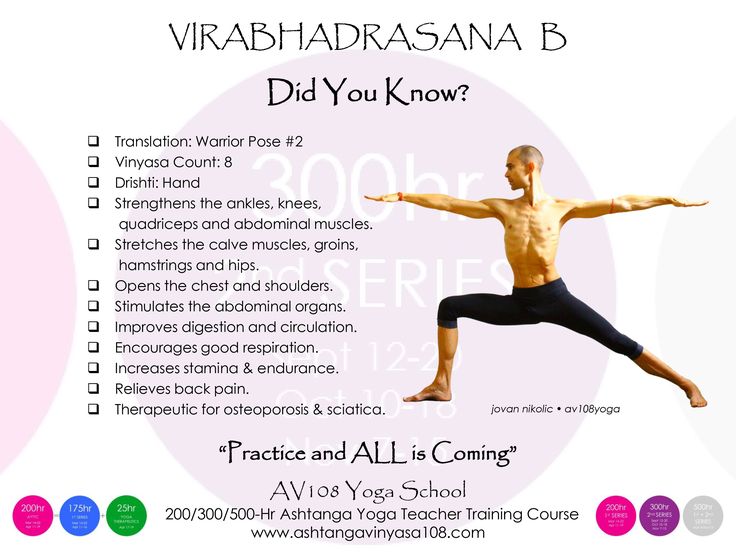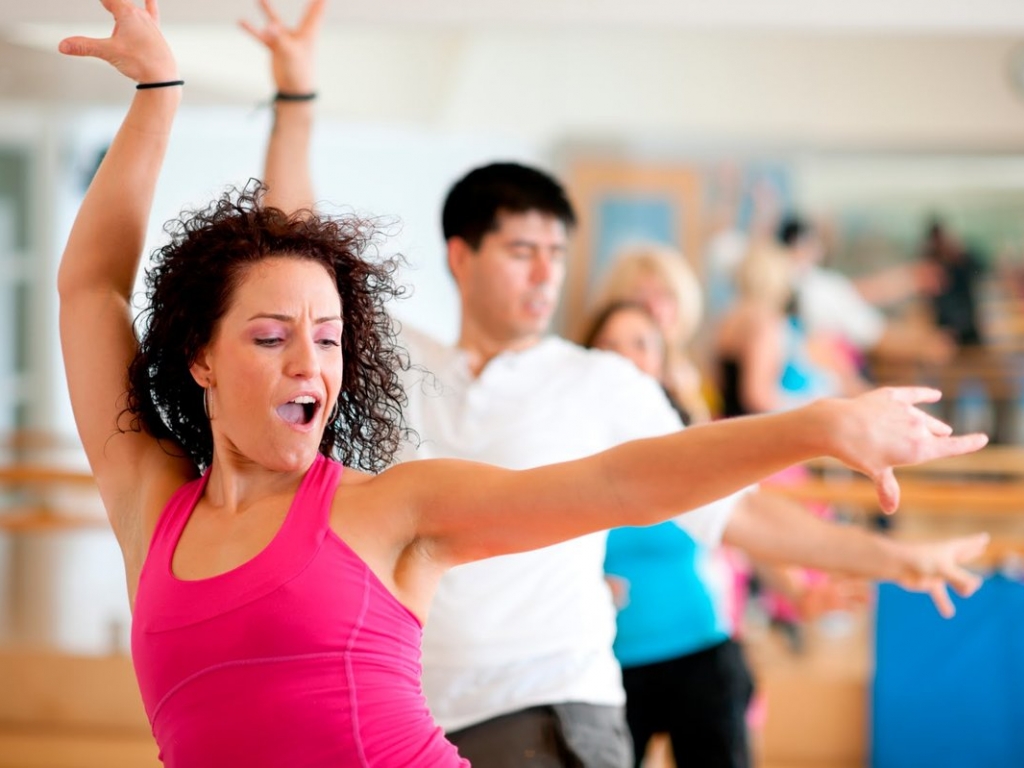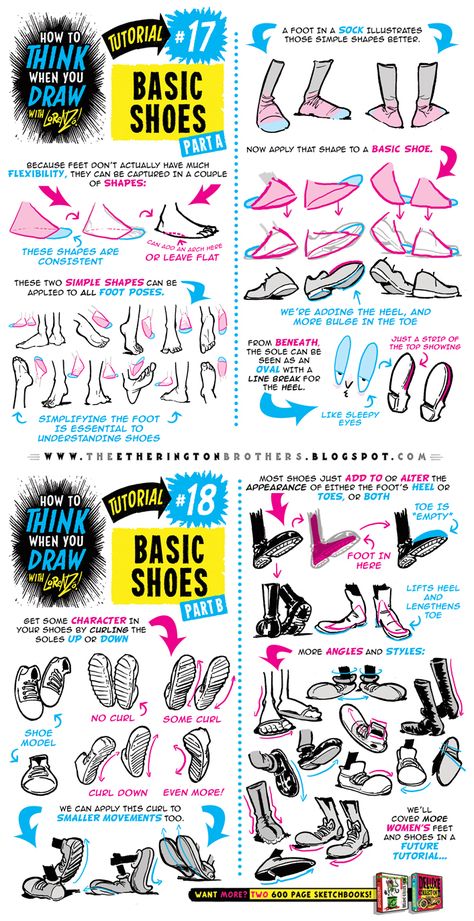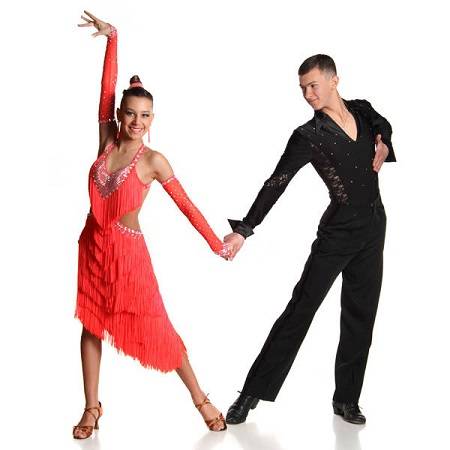How to increase stamina for dance
5 Ways to Boost Your Stamina for Better Endurance
Sometimes you’re thrown a big opportunity mid-season—but aren’t always given all the rehearsal you need to fully prep for it. At Houston Ballet, for instance, there are often 12 casts of Sugar Plum, according to ballet master Amy Fote. That means some dancers might only get one full run before performing the role.
But not all of the preparation happens in the studio. For aerobically demanding choreography, dancers need to put in their own overtime to build the necessary stamina. Red flags for Fote are when footwork loses its precision and line, and movement looks less efficient and more labored—these are not necessarily signs of technical deficiencies, but often point to the need to increase cardiovascular fitness. “You have to do your homework and cross-train,” she says.
Why Performance Prep Takes More Than Rehearsal
We are all accustomed to the start-and-stop nature of taking dance class and learning choreography. It allows us to observe and process, pick apart details and refine our technique. But that format doesn’t fully prepare us for performance—particularly when it comes to highly aerobic works that challenge your stamina, or what some dancers like to call “puffy” pieces.
According to exercise physiologists Elizabeth Hewett and Donna Oliver, who have years of experience working with The Australian Ballet School, short bursts of physical activity, like 30-second class combinations, primarily use the anaerobic metabolic system, while continuous dancing of longer than a minute, like in performance, uses the aerobic system. Yet we often only get to those all-out runs, requiring such energy reserves, when the curtain is about to rise.
Having an audience also seems to increase the intensity of effort during a performance. “A study showed that the accumulation of lactic acid in performance is three times that of class,” says Lauren McIntyre, a certified athletic trainer and clinical specialist at Harkness Center for Dance Injuries at NYU Langone Orthopedic Hospital.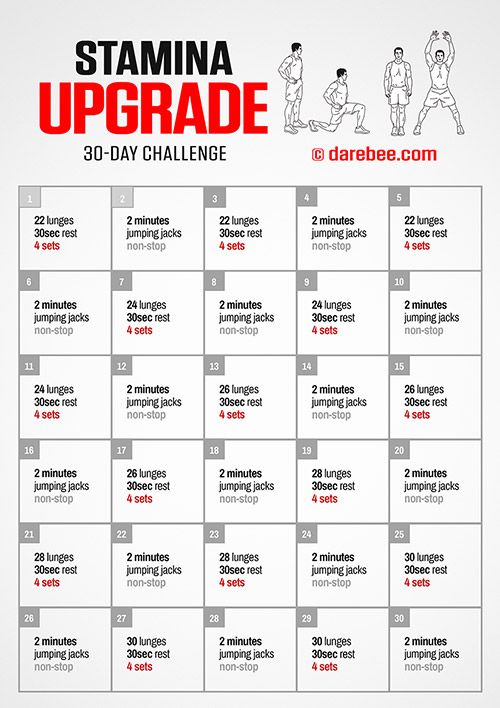 “A performance is just so much more demanding.”
“A performance is just so much more demanding.”
No one wants to see a winded dancer or floppy feet onstage, but building cardio fitness is about more than aesthetics. McIntyre notes that fatigue is a little known, and often unacknowledged, cause of injury.
Schedule Your Cross-Training Strategically
To prep your body, look at your calendar and make note of when and what you are performing. From there, you can work backward to plan a strength and cardiovascular routine specific to those roles and repertoire. McIntyre recommends asking yourself: What is my end goal? What does my season look like? Where is my recovery and rest? Where can I decrease dance to increase cross-training in order to not burn out?
Since fitness of any type takes several weeks to develop, Hewett and Oliver advise dancers to do rep-specific cross-training at least six to eight weeks prior to your run-throughs. Ideally that would start during a layoff (once you’ve taken one to two weeks to rest from your season).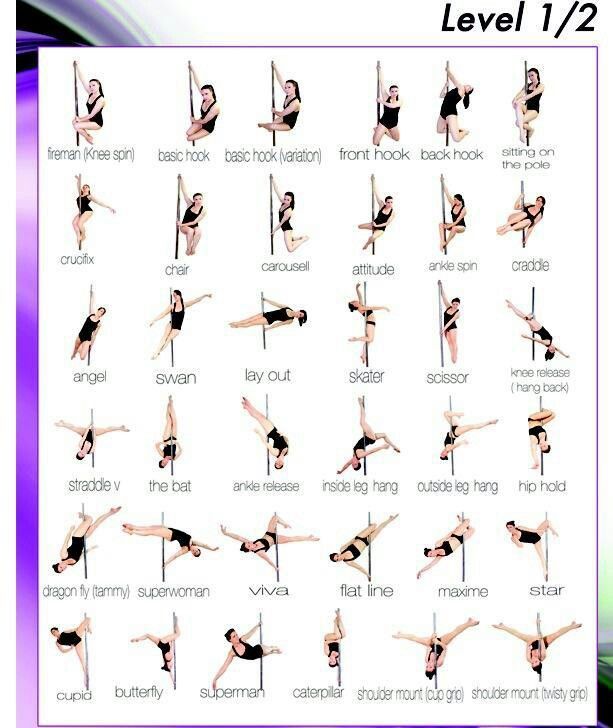
According to McIntyre, during this downtime, you could begin with three to five workouts per week, depending on your fitness level, and then try to maintain one to two per week once the season begins. “You can skip it once you’re doing full run-throughs,” she says, “but the idea is to get in the habit.” If you are already in the middle of heavy rehearsals when you need to start cross-training, consult an athletic trainer to develop a modified program that’s appropriate to your schedule.
Alternate the Intensity
If you are new to cardio training, McIntyre suggests aiming for 20 minutes of sustained effort. As Hewett and Oliver explain, low-intensity, continuous aerobic exercise improves the endurance in your muscles as well as the cardiovascular system of your heart and lungs.
Once you’ve built a base level of stamina at this lower intensity, begin to replace one of these weekly sessions with high-intensity interval training. In HIIT workouts, short bursts of high-energy anaerobic intervals are followed by lower-intensity recovery intervals and repeated several times. You can alternate between sprinting and walking, or cycling at different speeds.
You can alternate between sprinting and walking, or cycling at different speeds.
According to Hewett and Oliver, HIIT workouts are the most efficient way to improve aerobic fitness. But you only need them once or twice a week in combo with steady cardio, and health and injuries need to be factored in to the design of the program. “You don’t have to be killing yourself,” says McIntyre.
Fote has seen the positive benefits of this kind of training at Houston Ballet. Every Friday the athletic trainers lead the dancers in 10 exercises for 20 minutes, where they push for 40 seconds on and take 20 seconds off. “You can tailor the exercises for your goal to help you feel prepared for a role without overtraining it in the studio,” says Fote. “For instance, working on jumps in more neutral positions can help train for the Bluebird variation from The Sleeping Beauty.”
Try These At-Home Workouts
You can prepare your body for the stage without access to fancy gym equipment.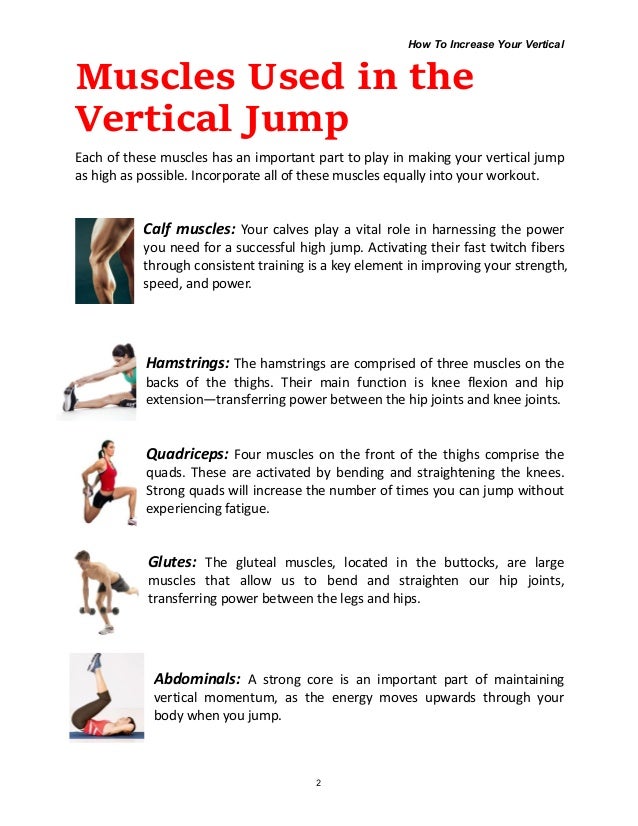 Hewett and Oliver suggest:
Hewett and Oliver suggest:
- Walking or running up and down stairs.
- Skipping rope or mimicking petit allégro with small jumps for 30 to 60 seconds, as long as you are on a safe floor.
- From a standing position, quickly lie on the floor and then stand up again—there are many versions of these “get up” exercises. Repeat for 30 to 60 seconds.
- Do short sprints for 30 to 60 seconds, with 30 seconds of rest in between.
- Put some music on and have your own dance party. Make it energetic enough that it raises your heart rate and leaves you puffing.
Turn Class Into Cardio Training
If long rehearsal days don’t allow for extra cross-training, there are things you can do in class itself to boost stamina. According to Hewett and Oliver, aerobic metabolism is in play once you exceed a minute of continuous movement. With that in mind, warm-ups and combinations in dance classes could be repeated to create more opportunities to dance without stopping.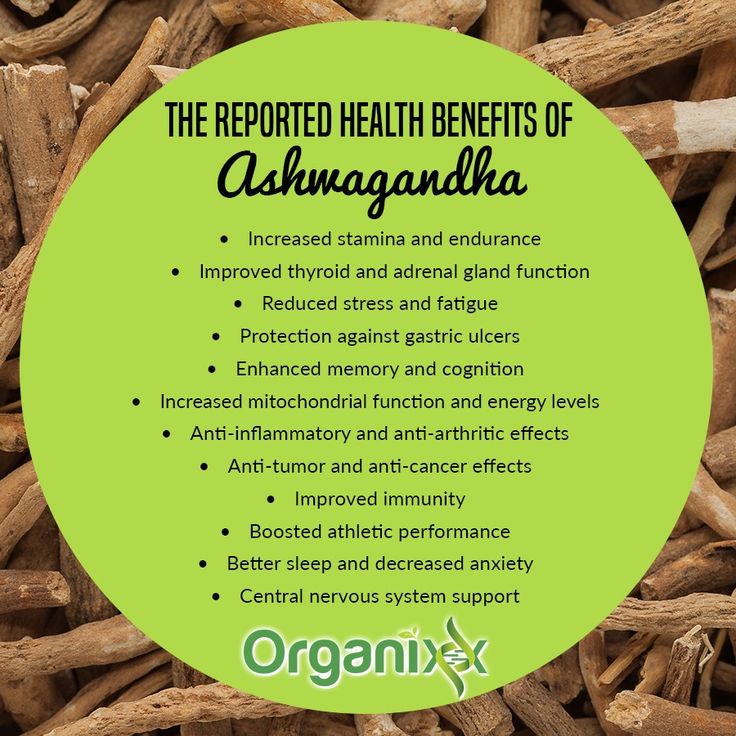
If you can get your heart rate up with a higher-intensity warm-up, then it is easier to sustain throughout class, adds McIntyre. Other (largely untested) ideas include shortening the rest time between combinations and switching up the order of class so that jumps—the most aerobic of dance moves—enter in sooner.
Avoid Overtraining
As much as you might want to “perfect” a piece, excessive repetition can lead to overtraining and overuse injuries. “Perfectionism is where we get ourselves into a lot of trouble, running a piece too many times,” says McIntyre. “A marathoner doesn’t run the full 26 miles, and they are still prepared. So we need to ask ourselves ‘How can we be creative?’ ” If marathon runners generally cut off their training at 20 or 22 miles and allow for their cross-training and the adrenaline of the race to carry them the last few miles, perhaps dancers can follow a similar strategy.
“You can see overtraining syndrome when a dancer is running a variation constantly, becoming exhausted,” says Fote. “But trust that if you have been cast, then the artistic staff thinks you can do this and are ready.”
“But trust that if you have been cast, then the artistic staff thinks you can do this and are ready.”
How you approach the role can also help you plan for the demands on your cardio fitness. Fote encourages dancers to visualize their repertoire and decide where they are going to breathe. “You can’t be 100 percent at every moment,” she says. “If you hit everything too hard, it lacks texture. Every step needs attention but not necessarily the same energy. Learning this is part of the artistry.”
5 Exercises that Build a Dancer's Endurance
As we’ve learned, there are plenty of changes we can make to our eating and sleeping habits in order to maximize the energy we can pump out during a social or performance. Like any skill however, our muscles can also adapt to the greater energy output, so we can dance better, for longer. So what are some great exercises that can give us this ‘dancer’s endurance’?
When trying the activities below, remember that you want to take your heart rate out of it’s normal comfort zone, so it adapts to higher intensities of activity.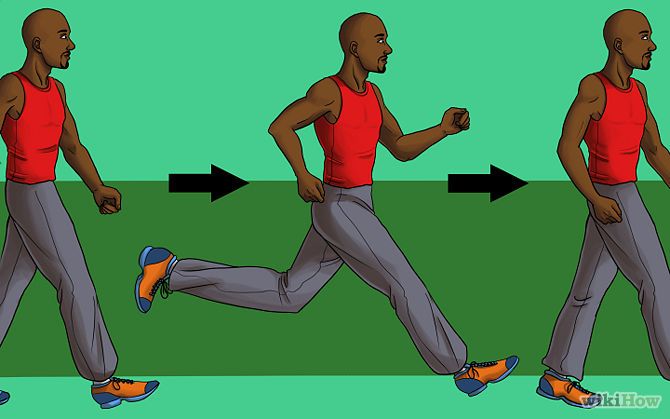 Improve your endurance by improving the frequency of your exercises – 3 times a week is good for most people. Here’s a great way to keep track of your improvement:
Improve your endurance by improving the frequency of your exercises – 3 times a week is good for most people. Here’s a great way to keep track of your improvement:
- Take your heart rate while completely relaxed. Record this as your Resting Heart Rate (RHR)
- Do a gentle activity – a slow jog or a couple laps in the pool do nicely. Stop, take your heart rate again, and record this as your Gentle Activity Heart Rate (GE HR)
- Now do something really strenuous – sprint, swim as hard as you can, do fast jumping jacks or burpees for 30s. Stop and check your heart rate once more, recording under Maximal Heart Rate (MHR)
Your goal is to lower your RHR and GE HR, while reducing the time it takes to get there from your MHR. Check weekly and record the results in a logbook.
1. Daily Activities
If you are new to endurance training and tend to spend your time tied to a desk, small daily changes are best to start. Take the stairs instead of the elevator, jog or walk briskly when running errands, maybe a short bike ride if you’re feeling inspired. Your aim should be to start getting used to the higher level of physical activity, so if you can’t break a sweat doing this, upgrade to one of the 4 options below.
Your aim should be to start getting used to the higher level of physical activity, so if you can’t break a sweat doing this, upgrade to one of the 4 options below.
2. Jogging
Good for enjoying outdoor ambience with exercise. Start with 20-30m of jogging, alternating between about 65% of your MHR and 30s sprints at 90% MHR. Leave time in between each sprint for your heart to slow down to jogging pace again. Run on soft ground or track – harder surfaces could lead to shelling out extra money for knee surgery on top of your dance lessons.
3. Swimming
Water provides a great natural form of resistance training – great if muscle and joint pains are a daily challenge. As with jogging, try alternating between lower and higher intensities. Check out your local community centre, or even the seaside if the weather permits.
4. Weight-Lifting
Cardio training is important, but being able to lift things (like our partners) for longer without tiring is a form of endurance too. Core exercises like planks or leg raises are important, before branching out into the lifting muscles, like triceps and hamstrings. Try Googling ‘dancer strength training’ for ideas, or call up a personal trainer for advice.
Core exercises like planks or leg raises are important, before branching out into the lifting muscles, like triceps and hamstrings. Try Googling ‘dancer strength training’ for ideas, or call up a personal trainer for advice.
5. Fitness Dances
As the Zumba slogan goes: ‘party yourself into shape!’ While you may have to do a bit of searching to find an instructor who matches your desired intensity, you have the extra motivation of a class full of like-minded dance-a-holics. Gents might find the ratios rather skewed away from them, but what better way to earn the admiration of your female companions? There are numerous fitness dances out there – Joy of Dance offers Zumba, Nia, and Ginga, for instance.
Next week, we return to dance technique, and ask: what can you change in how you dance that will not only make it look effortless, but feel effortless as well?
Credits:
The Ballet Blog
Physical Fitness Stack Exchange
bodybuilding.com
How to develop endurance? Fitness for dancers.

Endurance is the body's ability to resist fatigue during physical activity. It is measured by the time during which the muscles can perform a particular task. People who have developed endurance, achieve great success in dancing and sports, feel much better in everyday life. Therefore, this topic is important not only for professional dancers and athletes, but also for those people who always want to be healthy, energetic and young.
Types of endurance
Before you figure out how to develop endurance, you need to know what it is. Basically, the body's resistance to stress is divided into two types:
- 1. General, or as it is also called - aerobic. It is expressed in the body's ability to perform moderate-intensity work for a long time.
- 2. The second type is called special (specific) endurance. It characterizes the ability of the human body to perform a specific type of work in a particular sport, with a given intensity, for a long time.
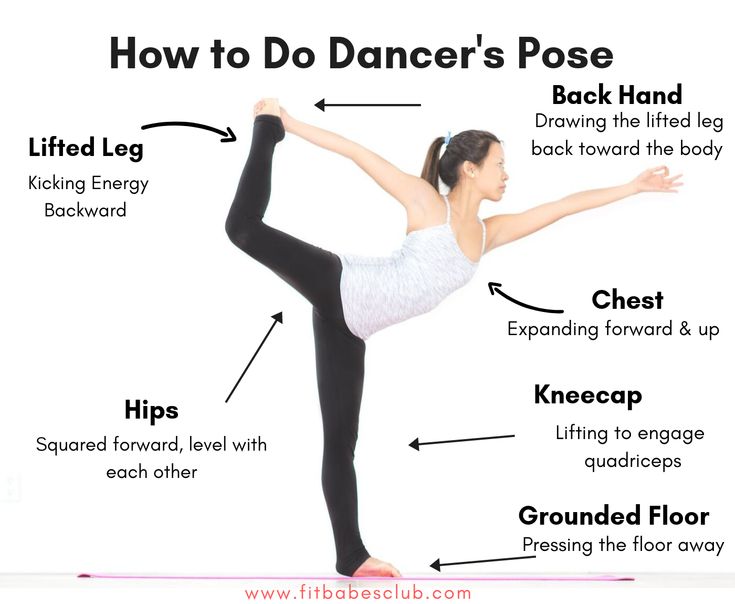
The second type is further subdivided into three subspecies:
- Speed . It is expressed as a period of time during which a person can perform certain actions with the proper level of pace and speed.
- Coordination . We are talking about the body's resistance to motor activity, which is accompanied by the implementation of various technical and tactical actions.
- Power . This type reflects the body's ability to withstand physical activity without losing its effectiveness.
How to develop endurance: methods
To develop aerobic endurance, you need to engage in cyclic exercises. In this case, all muscle groups must be involved in the work to some extent. Here, physical activities such as walking, swimming, cycling, skiing and even simple chopping come to the rescue.
For the development of specific types of resistance, as a rule, competitive exercises are needed. So, let's consider the main methods that are used to solve this issue:
So, let's consider the main methods that are used to solve this issue:
- 1. Uniform method. The method involves continuous work with a constant speed, rhythm and amplitude.
- 2. Variable method. Here there is a sequential change in load, speed, or amplitude.
- 3. The repetition method. In this case, the exercise is performed very quickly (up to 20 seconds), then rest and again the load will follow.
- 4. Circle method. The same as the last paragraph, only in each new approach a new exercise is done.
- 5. Game method. Endurance develops in the process of a kind of game. Emotional control is also trained with her.
- 6. Competitive method. It implies the performance of certain exercises in the form of competitions.
Development of general endurance
It's time to figure out how to develop endurance. We will talk about general indefatigability, since it concerns absolutely everyone, in contrast to the specific one.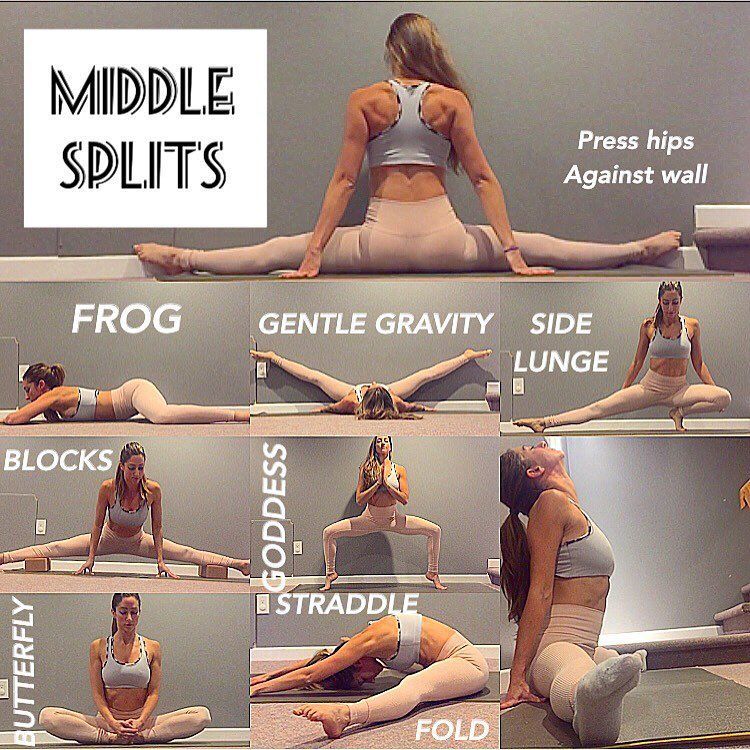 In addition, for the development of specific endurance, each sport requires different exercises. And sometimes such activities force a person to sacrifice their health in order to achieve a result.
In addition, for the development of specific endurance, each sport requires different exercises. And sometimes such activities force a person to sacrifice their health in order to achieve a result.
Endurance exercises
Endurance exercises are cyclic. They are performed for a long time (up to 20 minutes), in a measured mode. So, among the best exercises to strengthen the body are the following:
1. Slow but long cross. Its duration can be up to two hours.
2. Fast running over shorter distances.
3. Alternate walking and running for several hours.
4. Slow but long swimming.
5. Playing football or basketball.
6. Cross-country skiing up to 15 km.
7. Rope jumps in series. A series can last up to a minute, and the rest between series is 2-3 minutes.
8. Cycling at a measured pace for long distances.
9. Cycling at a fast pace for short distances. As you can see, sports that develop endurance are quite diverse.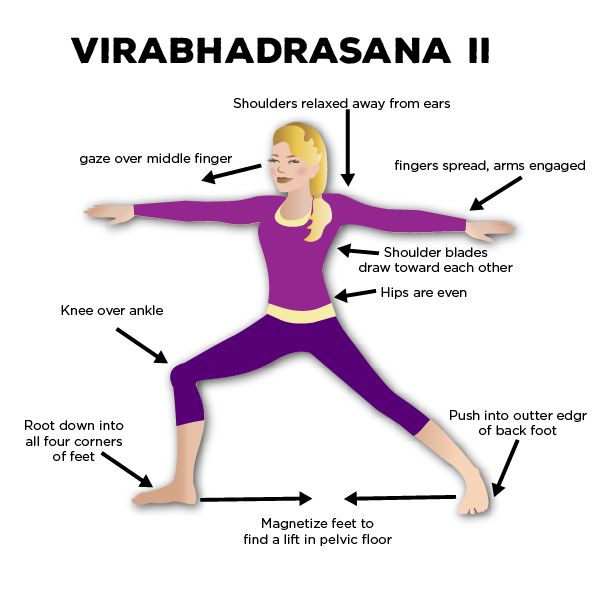 Therefore, everyone can choose the most suitable option for themselves. Excuses here will definitely be inappropriate. Moreover, the sport that develops endurance is absolutely accessible to everyone.
Therefore, everyone can choose the most suitable option for themselves. Excuses here will definitely be inappropriate. Moreover, the sport that develops endurance is absolutely accessible to everyone.
Exercise rules
1. Gradual increase in load. In the process of training, the body gradually adapts to heavy loads.
2. Systematic. Only if the exercises are performed systematically, they will benefit the body. It is necessary to strictly follow the procedure and increase the load at each new stage. Do not forget also about the rest.
3. Regularity. Do not forget that only a reasonable approach will protect the heart and blood vessels from overwork and give the desired result.
Nutrition
As you know, the diet of athletes and ordinary people is significantly different. When a person trains endurance, his body depletes energy reserves. To restore them, you need to consume mainly carbohydrates and fats. It is carbohydrates that are the best "fuel" for the athlete's body.
It is carbohydrates that are the best "fuel" for the athlete's body.
Carbohydrates . Their dose depends on the individual characteristics of the body. The minimum daily allowance is 4 grams per 1 kg of body. However, with intense training, this figure rises to 9gram. It is undesirable to consume carbohydrates in excess, because this will lead to the appearance of fat. Actively developing endurance, you need to gradually increase your carbohydrate intake and control body weight. Foods that contain a lot of carbohydrates are: oats, buckwheat, rice, legumes, fruits and vegetables.
Proteins . Developing endurance, be sure to consume protein. The daily norm of protein is 1.4 g per 1 kg of body. With long and intense training, it increases to 1.8 g. A lot of protein is found in chicken eggs, fish, venison, poultry and lean red meat.
Fats . The development of endurance contributes to the use of fatty acids, so fats must be included in the diet.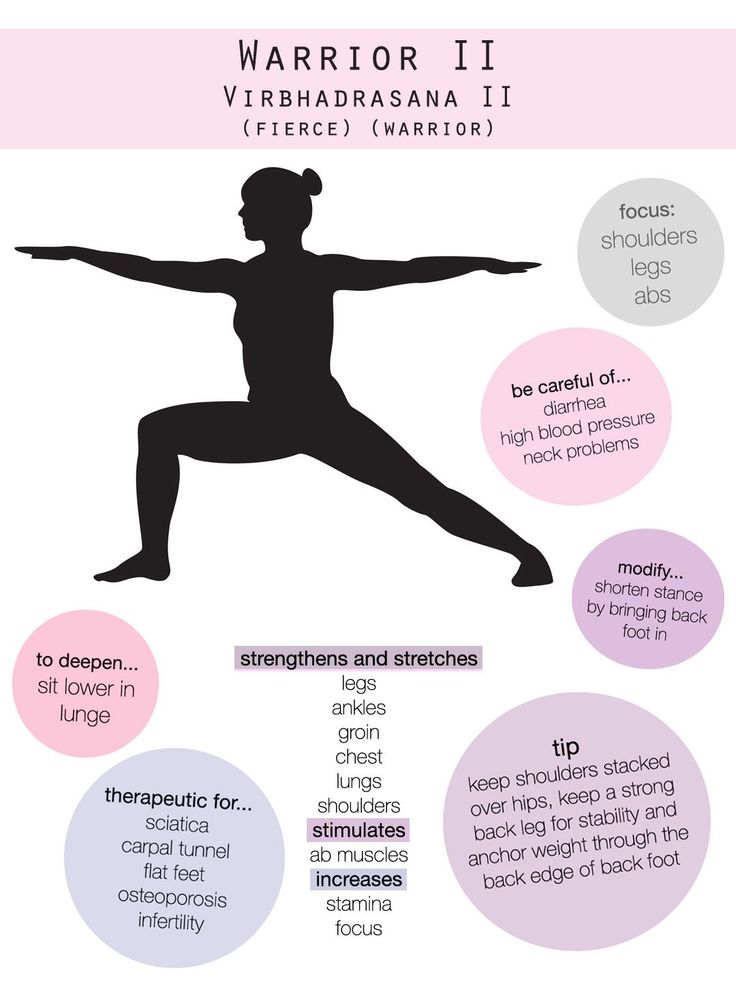 The amount of fat consumed should be 15-20 percent of the total energy burned. It is worth paying attention to products such as olive and flaxseed oil, nuts and sea fish. Don't forget about water too. Water is extremely important for any person. It can be used both between workouts and during.
The amount of fat consumed should be 15-20 percent of the total energy burned. It is worth paying attention to products such as olive and flaxseed oil, nuts and sea fish. Don't forget about water too. Water is extremely important for any person. It can be used both between workouts and during.
Conclusion
Our body is capable of many things and the best way to make sure of this is to develop resistance to stress. A person who has developed strength, agility, endurance and coordination gets sick less, is always in good shape and in a good mood, because, as you know: "A healthy mind in a healthy body." Such a useful property of sports as the development of tirelessness is much more important than a pumped up body or medals hanging on the wall, because it implies the health of the cardiovascular system.
Source
11 endurance exercises: general and strength, videos, tips
- Types
- General endurance exercises
- Strength Endurance Exercises
- Trainer's Tips
Types of endurance exercises
There are two types of endurance: general (cardiovascular) and strength (muscular). In both cases, moderate intensity is implied, not hard work. But it also increases over time with regular training. Muscular endurance is the ability of a muscle to apply force consistently and repeatedly over a period of time. It plays a big role in almost all sports activities and affects overall well-being.
In both cases, moderate intensity is implied, not hard work. But it also increases over time with regular training. Muscular endurance is the ability of a muscle to apply force consistently and repeatedly over a period of time. It plays a big role in almost all sports activities and affects overall well-being.
Advertising on RBC www.adv.rbc.ru
Endurance depends not only on strength, but also on the body's ability to exchange gases, which is influenced by lung capacity and the health of the circulatory system. If you play sports, you know that the body adapts to the gradual increase in loads. Exercises and complexes that were difficult at first, after a while, are much easier to perform, so over time they can be complicated.
Various types of loads are used to improve endurance:
- aerobic, strengthening the heart and blood vessels;
- high-speed with increasing intensity;
- circular, that is, multiple repetitions of the same complex during one workout;
- strength in static to strengthen muscles.
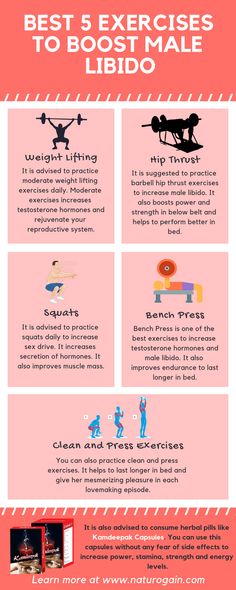
To achieve complex results, different types of loads should be combined and alternated. Endurance training, in addition to helping you set personal records, can speed up your metabolism and reduce the risk of heart disease. They form the basis of rehabilitation programs for patients with cardiovascular diseases and have a positive effect on the autonomic balance [1], [2].
Endurance training is good for health, but can be detrimental if the intensity is uncontrolled and the intensity is too high for the body. Therefore, before starting the exercises, you need to consult a doctor and a trainer who will select the optimal complex individually.
Top 6 Exercises for General Endurance
General endurance can be improved by running, swimming, cycling, boxing, aerobics and even dancing. The exercises listed below are suitable for home workouts - in combination or separately.
Running and jumping in place
A block of two exercises to be performed alternately, each for 30 seconds. First, you run in place, raising your knees as high as you can. Then lift your legs back and up as if trying to touch your buttocks.
First, you run in place, raising your knees as high as you can. Then lift your legs back and up as if trying to touch your buttocks.
Run/Jump
Jacks
Stand with feet together, arms at sides along body. Jump up, put your feet shoulder-width apart and raise your arms above your head. Return to starting position and keep moving. At the initial stage of training, you can perform the exercise not in a jump, but stepping back to the sides.
Jumping Jack
Side Jumps
From a standing position, jump from side to side with both feet at the same time. You can make the task more difficult by placing an object nearby that you need to jump over, such as a ball or a stack of books. For the initial stage, it is enough to jump from one leg to another, pulling it up.
Right and left jumps
Half squat steps
Bend your knees, keeping your back straight. Step your right foot as far as you can and shift your body weight forward with your left foot. Then repeat on the left leg. You can change sides while jumping. The movement should be smooth, but not slow. To complicate the exercise, just squat lower to the level available to you.
Then repeat on the left leg. You can change sides while jumping. The movement should be smooth, but not slow. To complicate the exercise, just squat lower to the level available to you.
Side stepping
Squat jumping
Feet shoulder width apart. Perform a squat, and then bring your legs together in a jump, being in a standing position. With the next jump, return to a squat with legs apart.
Jump Squat
Burpee
From a standing position, jump up and raise your arms. When your feet touch the floor, lower your hands to the floor under your shoulders. Jump or step your feet alternately back to be in a plank position. With a jump or substep, return to the previous stage, bringing your legs to your hands. From this position, jump up and repeat the entire complex from the beginning.
Burpee Technique
Top 5 Strength Endurance Exercises
Improving muscular endurance is the repetition of the same strength exercise for as long as you have the strength to do it.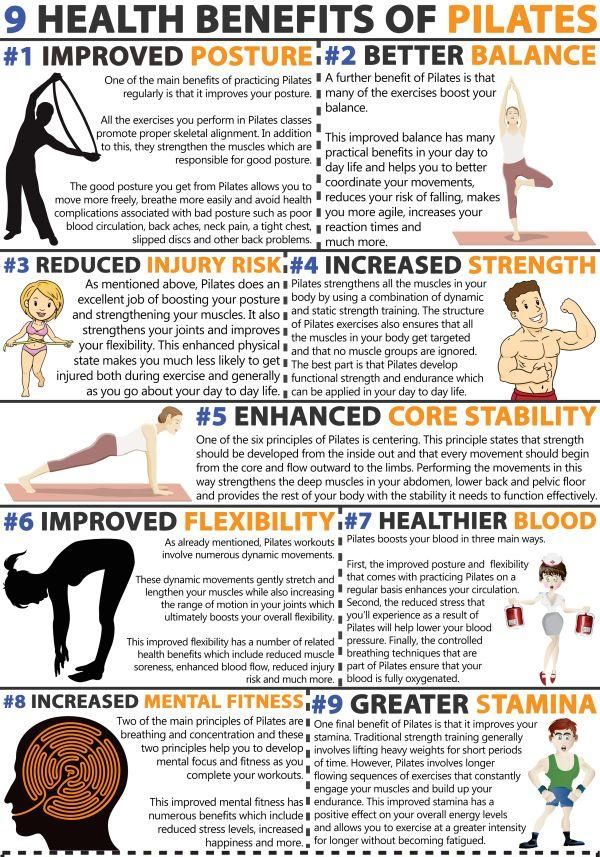 The following are examples of suitable exercises that do not require equipment and can be done at home.
The following are examples of suitable exercises that do not require equipment and can be done at home.
Plank
Lying on your stomach, rise onto your forearms, tensing the muscles of your shoulders, core and lower back. Raise your hips off the floor using your toes. In this static position, you need to stay as long as possible. You can start with intervals of 30-45 seconds, then take a break for 10 seconds and return to the exercise. If your hands begin to tremble, this is a sign that you are gradually going beyond your limits.
Forearm Plank
© Li Sun/Pexels
Arm Squat
Stand straight with feet shoulder-width apart, toes forward, arms extended in front of you. Bend your knees and, keeping your lower back straight, move your pelvis back and down. It is important that the knees do not move forward beyond the toes. Your legs should form a 90 degree angle when you are in the squat. Return to an upright position by tensing your buttocks. Do five sets of 25 reps.
Squats
© Roman Samborskyi/Shutterstock
Lunges
Stand straight with feet shoulder-width apart. Take a big step forward, lower the body so that the knee of the back leg touches the floor. Return to an upright position and repeat on the other leg. During the exercise, pull in your stomach and keep your back straight.
Lunges
© Karolina Grabowska/Pexels
Push-ups
Lie on your stomach, push off the ground and assume a plank position. The body rests on straight arms and toes. Lower yourself down, bending your elbows to the level available to you (ideally, touching the floor with your chest). Push-ups can be started from the knees. The change in the angle of flexion of the arms determines which muscles will be involved more - biceps or triceps.
Push-ups from the floor
© Maksim Goncharenok/Pexels
Twists
The classic twist is a typical exercise for the abdominal muscles. Lie on your back with your knees bent; feet pressed to the floor. Place your hands under your neck, spreading your elbows to the sides. Raise your upper body, trying to do it with the muscles of the abdomen, not the back. It is important that the movement is smooth. The chin should move forward and up, and not to the hips.
Place your hands under your neck, spreading your elbows to the sides. Raise your upper body, trying to do it with the muscles of the abdomen, not the back. It is important that the movement is smooth. The chin should move forward and up, and not to the hips.
Rectus abdominis curl
© Undrey/Shutterstock
Expert comments
Egor Glazatov, Gym Supervisor, World Class Gym Master Trainer, Zemlyanoy Val
In terms of bioenergetics, there are four pulse zones. The maximum heart rate is individual and is calculated by the formula: 220 - (age) \u003d number of beats per minute.
- 1 zone - 50-60% of the maximum heart rate (heart rate).
- 2 zone - 60-70% of the maximum heart rate.
- 3 zone - 70-80% of the maximum heart rate.
- 4 zone - 80-90% of the maximum heart rate.
These values may vary from person to person.
When a person works in the second zone (average 110-120 bpm), mitochondria are saturated with oxygen. It is training at an average heart rate that develops overall endurance. These include running and home exercises. Long sessions at an average heart rate is the surest way to develop endurance, triathletes train according to this principle.
It is training at an average heart rate that develops overall endurance. These include running and home exercises. Long sessions at an average heart rate is the surest way to develop endurance, triathletes train according to this principle.
Many people make the mistake of exercising in the third heart rate zone (130-140 bpm). There is a production of cortisol, the blood is not saturated with oxygen, the athlete works in his physical condition. This does not improve athletic performance. In the fourth pulse zone (from 140 bpm), he trains almost in a pre-infarction state, here we are not talking about the development of endurance, but about the limits.
It doesn't matter what type of physical activity you choose to develop general endurance, the main thing is to be in the second heart rate zone during training. This should be a long smooth work, it develops lung capacity. Gradually, the muscles "clog" and the body adapts to the loads.
Strength endurance affects the connection of stabilizing muscles and large muscle groups. It is not advisable to do some new sport every time, but progression is needed: different planes, amplitude, weight. The body changes in order to overcome the load next time with the least effort. You can even schedule training microcycles so that each next one is a little more difficult than the previous one.
As for strength endurance, it is developed through muscle contraction. This is when a person pulled himself up 15 times on the horizontal bar, in the second approach - 7, and in the third only 3. That is, there is strength in the muscles, but it is not adapted to long work. Strength endurance develops with practice: the more regular the load, the stronger the muscles. If an athlete hasn’t trained for a long time, and then starts abruptly, especially at a high pulse, the muscles oxidize, cortisol increases the pain threshold. A person may not feel the damage done to the body, including shock loads on the joints. And then there are injuries. When the muscles are in good shape, they take on part of the load, which, in the absence of training, goes to the joints, the spine (hence the hernia, back pain).